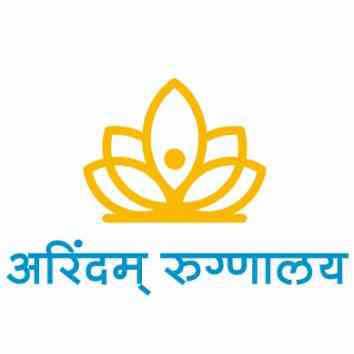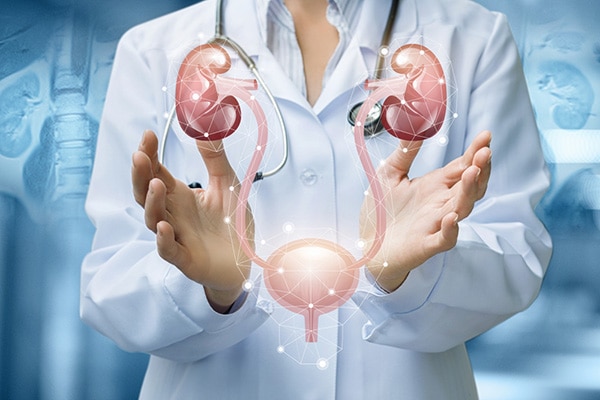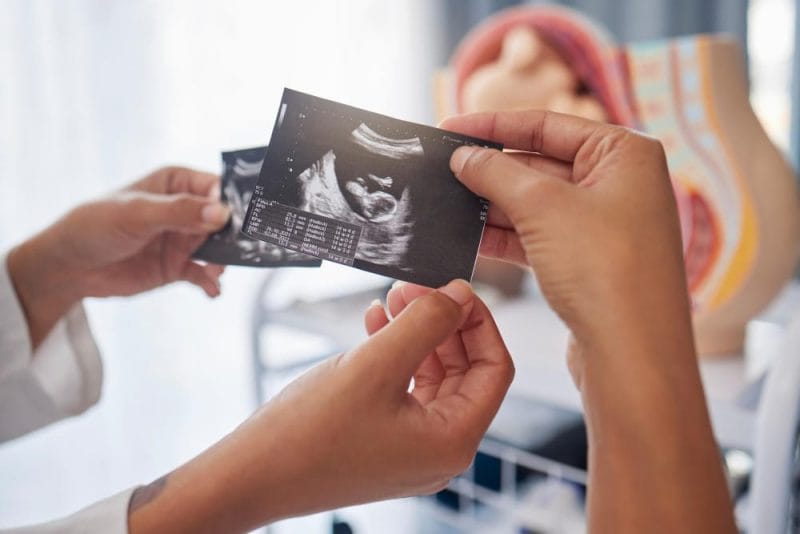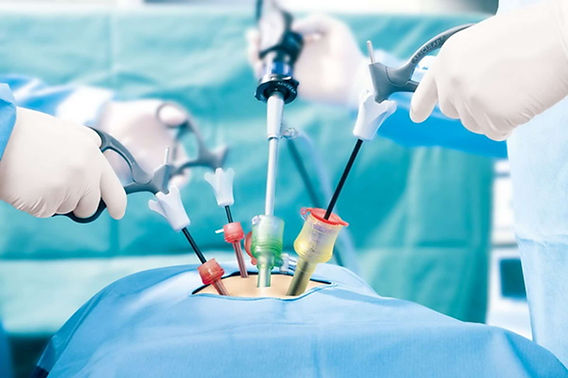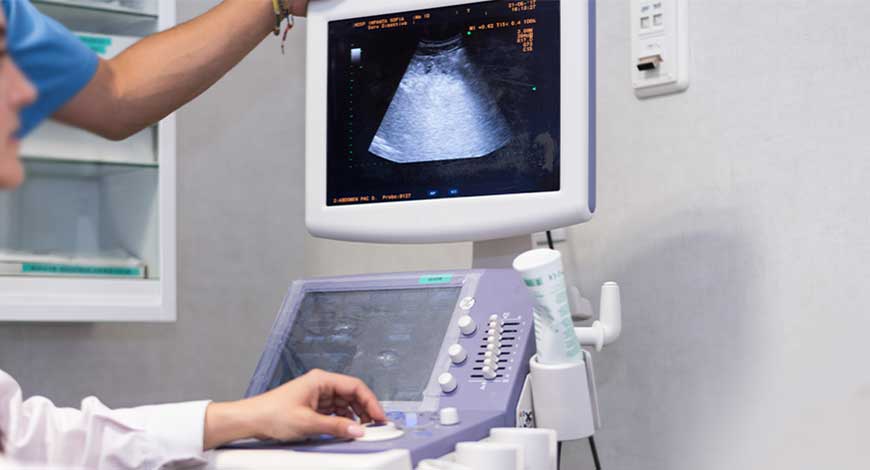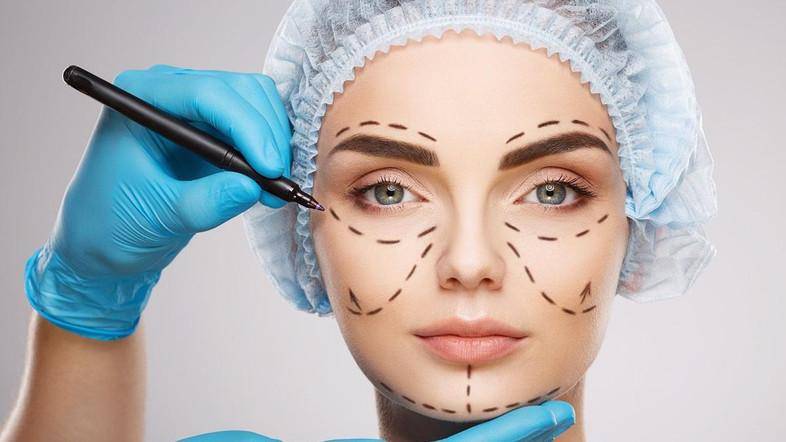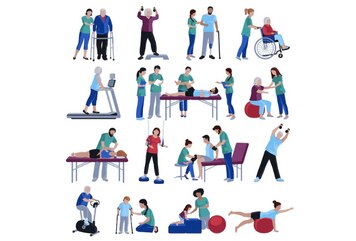Urology
Urology is a branch of medicine that focuses on the diagnosis, treatment, and prevention of diseases and disorders related to the urinary tract system and the male reproductive system. It involves both surgical and non-surgical approaches. Key areas of urology: 1. Urinary Tract: Kidneys: Responsible for filtering waste from the blood and producing urine. Ureters: Tubes that carry urine from the kidneys to the bladder. Bladder: Stores urine until it’s eliminated from the body. Urethra: The tube through which urine exits the body. 2. Male Reproductive System: Prostate: A gland involved in semen production. Testicles: Produce sperm and testosterone. Penis: Involved in sexual function and urination. Common conditions treated by urologists include: Urinary Tract Infections (UTIs) Kidney Stones Bladder Disorders (such as incontinence) Prostate Issues (like benign prostatic hyperplasia or prostate cancer) Erectile Dysfunction Infertility Cancers of the urinary tract and male reproductive system (e.g., kidney, bladder, prostate, testicular cancers) Procedures in urology: Cystoscopy: A procedure to examine the bladder and urethra. Prostatectomy: Removal of the prostate, often due to cancer. Nephrectomy: Removal of a kidney, usually due to disease or cancer. Lithotripsy: A technique for breaking up kidney stones using shock waves. Vasectomy: A surgical procedure for male sterilization. Urologists also work closely with other specialists when conditions overlap, such as working with oncologists for cancer treatment or nephrologists for kidney-related conditions.
